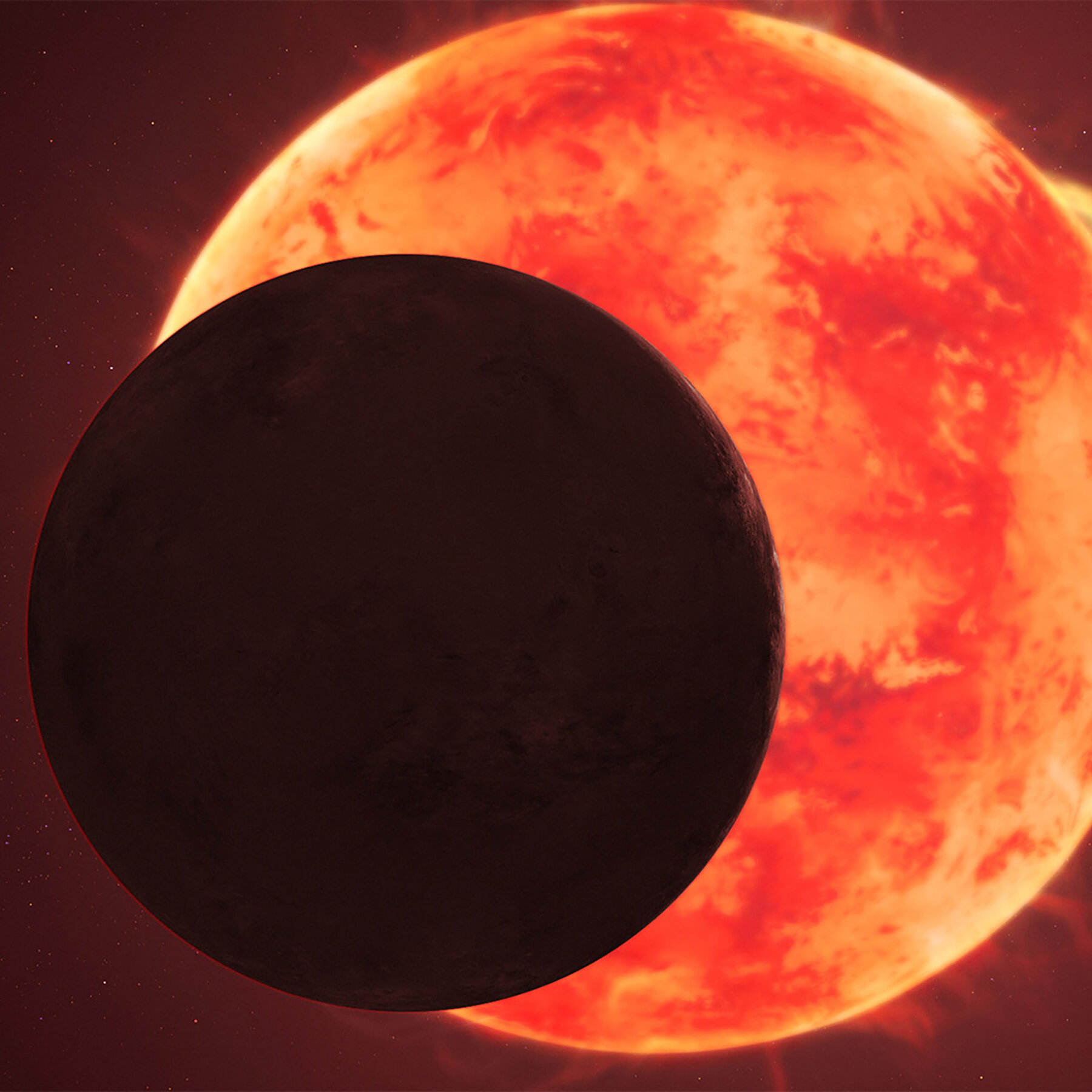Astronomers have reported disappointing findings regarding one of the seven planets orbiting the Trappist-1 star. A recent study revealed that the planet, known as Trappist-1b, shows no signs of an atmosphere, a crucial element for supporting life. This discovery has raised questions about the potential habitability of these distant worlds.
Utilizing data from the James Webb Space Telescope, researchers from the University of California, Riverside aimed to detect an atmosphere on Trappist-1b. Their analysis indicated a lack of key atmospheric components which are typically associated with the presence of life. The findings were published in a study released in 2023, highlighting a significant setback in the search for extraterrestrial life.
Analysis of Trappist-1 System
The Trappist-1 system, located approximately 40 light-years away from Earth, consists of seven Earth-sized planets. Of these, three are situated within the habitable zone, where conditions may allow liquid water to exist. Scientists had high hopes that one of these planets would reveal signs of an atmosphere, thus enhancing the prospects for life beyond our planet.
The researchers explored Trappist-1b’s potential atmosphere by analyzing its transit data. The study focused on the planet’s ability to retain gases that could support life, such as oxygen and methane. Unfortunately, the results did not indicate the presence of significant atmospheric elements, suggesting that Trappist-1b may be inhospitable.
The Broader Implications for Exoplanet Research
This study underscores the challenges faced in the search for life on exoplanets, particularly those orbiting red dwarf stars like Trappist-1. Red dwarfs are known for their stability; however, they can present unique challenges for planetary atmospheres. For instance, intense stellar activity may strip away the atmospheres of nearby planets, making them less likely to support life as we know it.
Despite the lack of promising data from Trappist-1b, researchers remain optimistic. Future studies will continue to focus on other planets within the Trappist-1 system. The ongoing advancements in telescope technology, particularly with instruments like the James Webb Space Telescope, hold the promise of uncovering new insights about these distant worlds and their potential for habitability.
In conclusion, while this latest study may not provide the excitement astronomers had hoped for, it serves as a step forward in understanding the complexities of exoplanet atmospheres. The quest for life beyond Earth continues, and each discovery brings scientists closer to answering some of humanity’s most profound questions about our place in the universe.








































































